We have much more to do and your continued support is needed now more than ever.
Can Wild Bison Return to the Prairie Grasslands?
Most people probably know something about the awful history of the American bison. Almost every school child learns that 19th-century market hunters wiped out the vast herds that once roamed the prairies and that we barely managed to save this tremendously important species from extinction—albeit mostly in captivity.
What most people know about bison is a tale of tragedy. But many people don’t realize the story continues to unfold, and the stage is set for wild bison to make an important comeback.
A Return to Their Native Prairies?
Indeed, efforts now under way in Montana to restore a significant herd of wild bison to native prairie habitat foreshadow a much happier future for this magnificent and ecologically important animal.
National Wildlife Federation is working toward restoring bison to ideal habitat on public lands in north-central Montana. But cattle ranchers who oppose bison as a (perceived, not real) threat to and competitor for cattle could thwart those efforts.
A wild, remnant population of bison endures in Yellowstone National Park. Smaller herds of wild bison have been restored in some mountainous terrain in Utah. Elsewhere, bison exist as captive herds behind stout fences. A few Indian tribes have restored Yellowstone bison to their lands.
Nowhere do truly wild bison roam free in their native grasslands. Not yet, anyway.
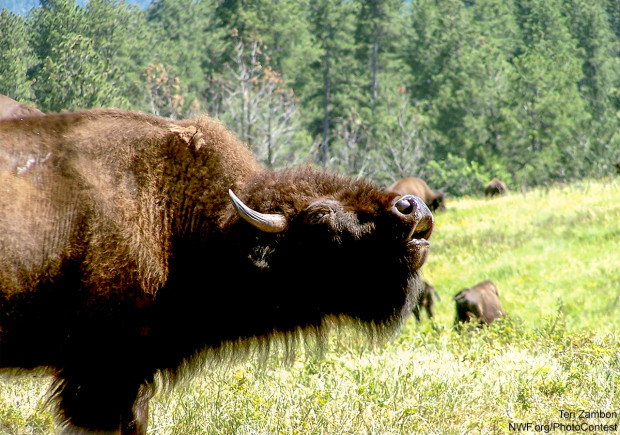
This is the best bison habitat in Montana – a national wildlife refuge – and the species is an American icon. Bison restoration is a hugely positive opportunity for Americans to right a historic wrong, and doing so will yield tremendous ecologic, cultural and economic benefits for all Americans.
Right now, Montana’s state wildlife agency is cautiously exploring the possibility of restoring wild bison to large expanses of public land like the Charles M. Russell National Wildlife Refuge.
Slow Progress
“Cautious” may be an understatement. The department recently published its “Framework for a Montana Bison Conservation and Management Plan,” and the disappointing alternatives and discussion laid out in that framework exude a remarkable lack of enthusiasm for restoring bison. Amid pressure from ranchers and cow-country legislators, the agency also just cancelled a critical meeting intended to help accelerate work on the bison plan.

We’ve already secured hundreds of thousands of acres for western wildlife such as moose, wolves and grizzly bears to roam freely. With your help, we can do it for America’s iconic bison.
![]() Make a donation to restore bison to their rightful home on the prairie grasslands.
Make a donation to restore bison to their rightful home on the prairie grasslands.

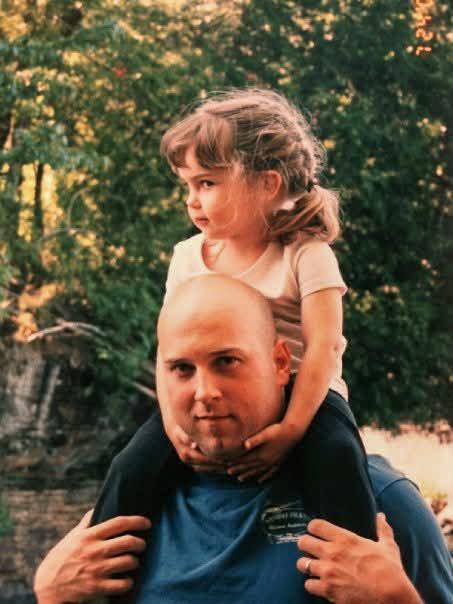








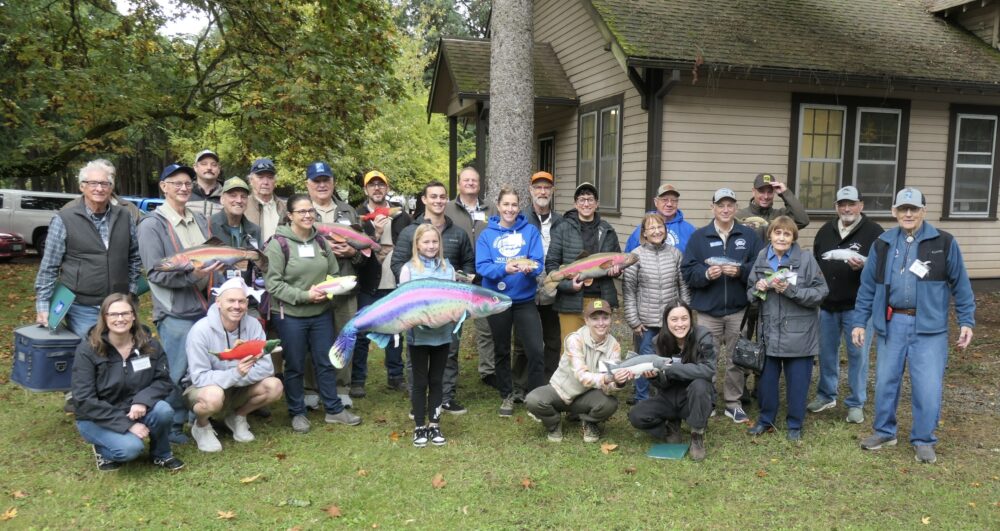
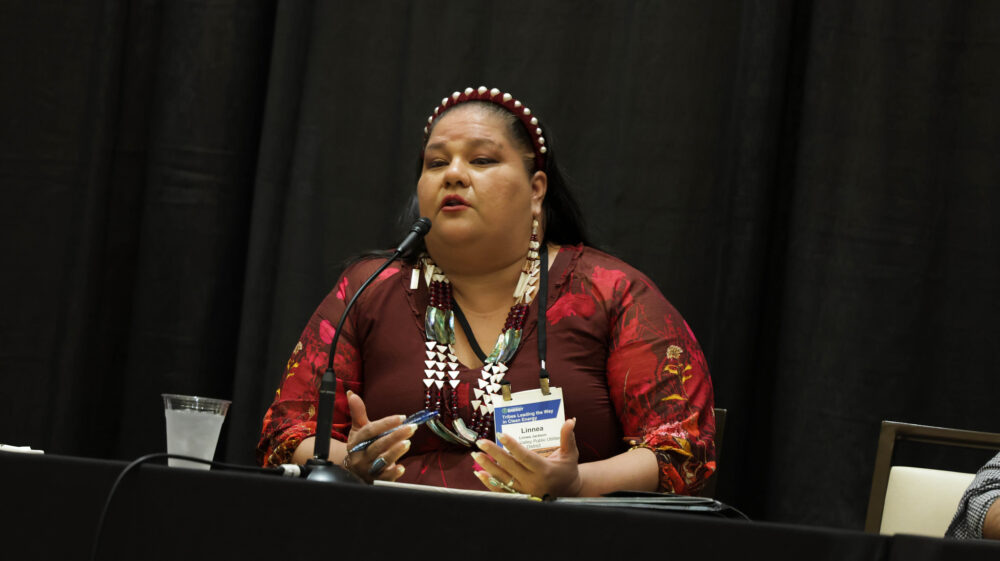
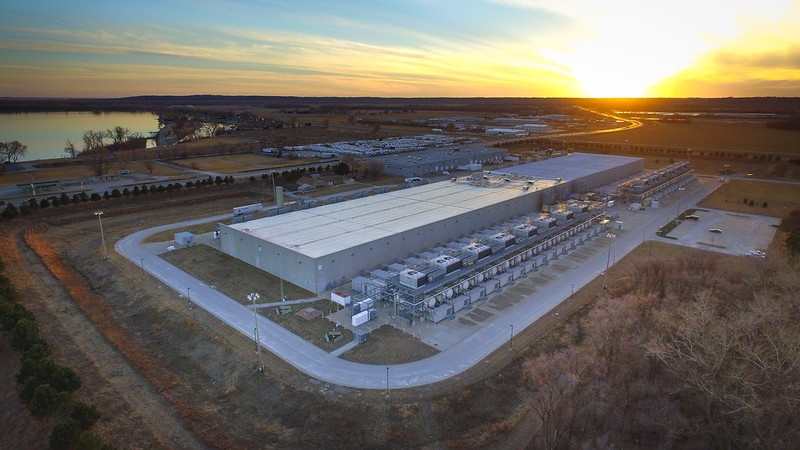


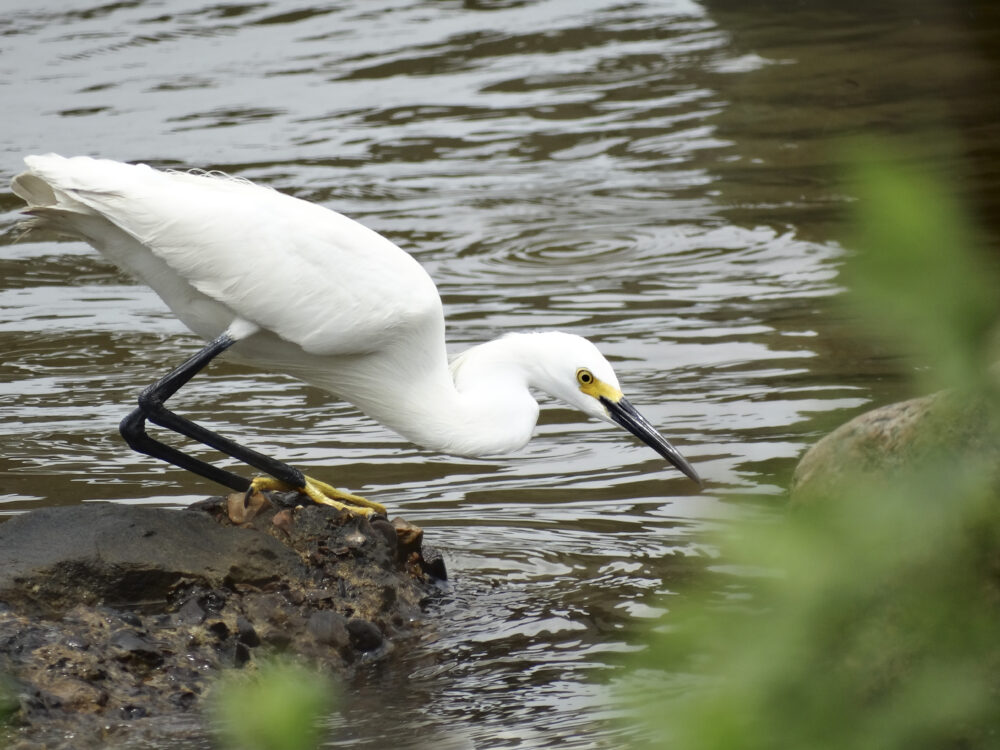
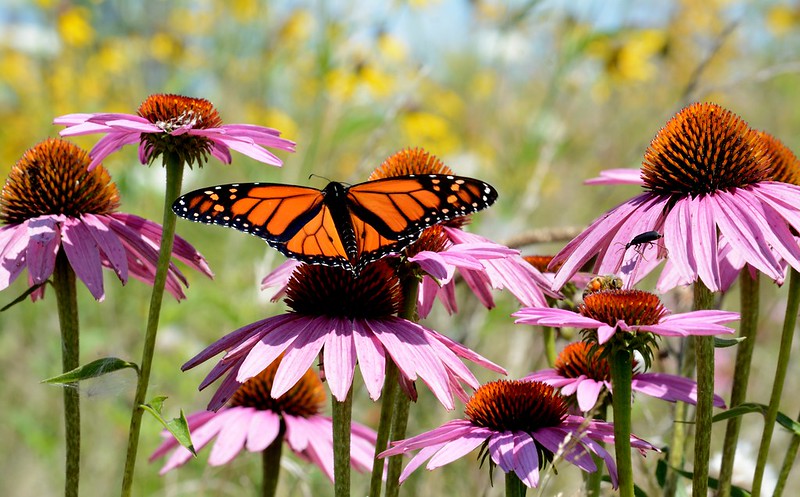




Building Momentum: What’s Next for Beaver Conservation in Colorado